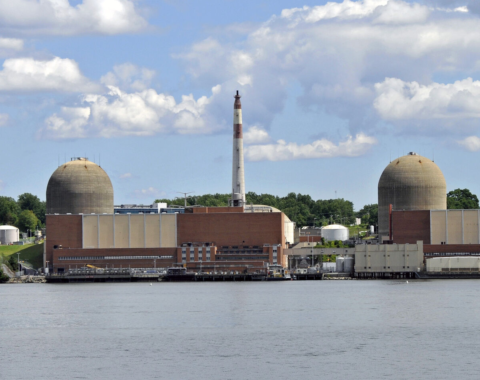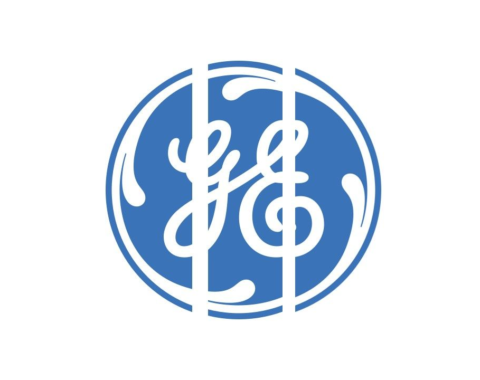In the U.S., almost all electric power is generated, transported, and consumed in alternating current networks. Elements of alternating current systems supply and consume two kinds of power: real power and reactive power. Real power accomplishes useful work, such as running motors and lighting lamps, while reactive power supports the voltages that allow power to flow, which must be controlled for system reliability. At times, resources must either supply or consume reactive power in order for the transmission system to maintain the voltage levels required to reliably supply real power from generation to load.
In 1996, the FERC (Federal Energy Regulatory Commission) noted that there are two approaches for supplying reactive power to control voltage: (1) installing facilities as part of the transmission system and (2) using generation resources. FERC concluded that the costs associated with the first approach would be recovered as part of the cost of basic transmission service and, thus, would not be a separate ancillary service. The second, using generation resources, would be considered a separate ancillary service. and must be unbundled from basic transmission service.
In 1999, FERC approved the AEP (American Electric Power Service Corp.) Methodology when seeking to recover reactive power capability costs pursuant to individual cost-based revenue requirements. However, transmission providers in some regions pay a cost-based payment for reactive power capability, while others require reactive power capability as a condition of interconnection under good utility practices, and therefore do not provide compensation.
For example, resources in the PJM (Pennsylvania, New Jersey, & Maryland) Regional Transmission Organization (RTO), MISO (Midcontinent Independent System Operator) RTO and certain non-RTO regions are compensated for their reactive power capability, and resources in those regions generally propose reactive power rates based on the AEP Methodology.
By contrast, ISO (Independent System Operator) New England and NYISO (New York Independent System Operator) compensate resources for reactive power capability using a flat rate, that is, a fixed dollar amount per mega-Volt Ampere of reactive power capability, which is then multiplied by a resource’s tested reactive power capability. C
AISO (California Independent System Operator), SPP (Southwest Power Pool) and certain other non-RTO regions do not compensate for reactive power capability. These factors have contributed to customers and the Commission facing challenges in evaluating proposed reactive power rate schedules submitted pursuant to section 205 of the Federal Power Act (a 205 filing is how a utility seeks approval for a change to a rate, term, or condition of a FERC jurisdictional service or charge). Therefore, the Commission is seeking comment on various aspects of AEP methodology-based compensation; potential alternative methodologies; and reactive power capability compensation through transmission rates for resources that interconnect at the distribution level.



